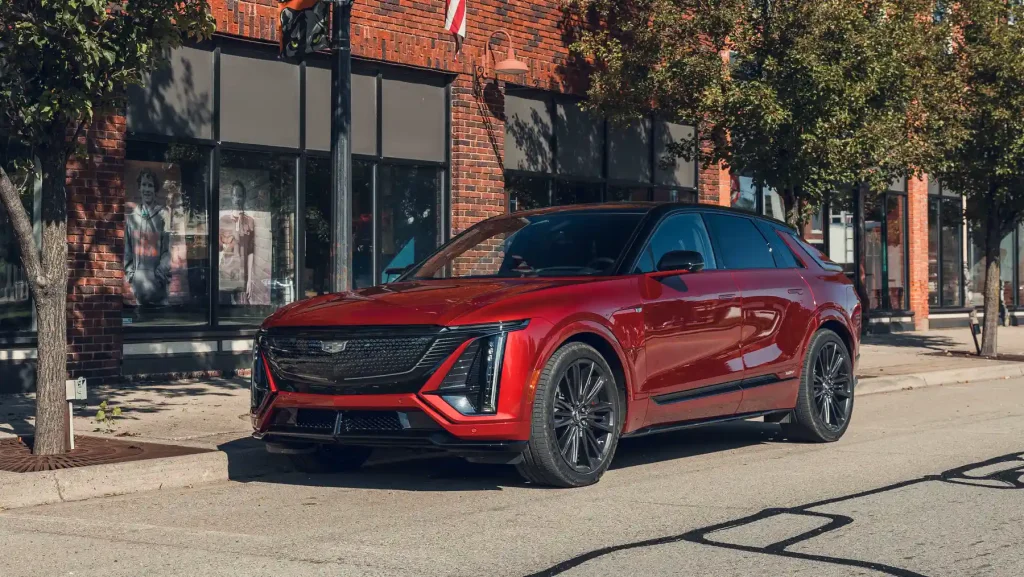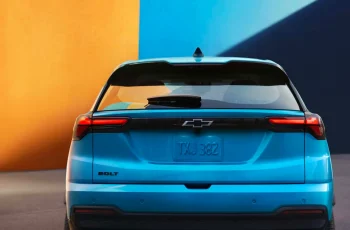For the first time in history, the average transaction price for a new vehicle in the United States has exceeded $50,000, highlighting the ongoing surge in vehicle costs and the growing influence of electric vehicles (EVs) on the market. According to recent data, the average new car sale in September reached $50,080, marking a 2.1 percent increase from the previous month and a 3.6 percent year-over-year rise. This milestone reflects both broader inflationary trends and shifts in consumer behavior within the automotive sector.

Record-High Vehicle Prices
September’s data signals a pivotal moment in the automotive market, as the $50,000 average price point demonstrates how quickly vehicle costs have climbed in recent years. The increase aligns with long-term vehicle price inflation trends and suggests that cars are increasingly catering to buyers with greater purchasing power. Many price-conscious consumers are now steering toward the used car market, while the new car segment is being bolstered by wealthier households benefiting from strong financing options and favorable loan rates.
The rise in average transaction prices is not limited to mid-range vehicles. In September alone, more than 60 models had transaction prices exceeding $75,000, accounting for 7.4 percent of total vehicle sales for the month. This shift underscores the prominence of luxury and high-performance models in shaping overall market statistics, reflecting an auto industry increasingly focused on higher-margin vehicles.
The Role of Electric Vehicles
One of the key drivers behind the escalating average price is the rising popularity of electric vehicles. In September, the average transaction price for an EV was $58,124, considerably higher than the overall market average. EVs accounted for 11.6 percent of total vehicle sales in September and reached 10.5 percent of the market in the third quarter of the year. This increase came as many consumers rushed to purchase EVs before the federal $7,500 tax incentive for new electric vehicles was removed, spurring demand for premium models with longer ranges and advanced features.
EVs, by their nature, tend to command higher prices due to battery costs, technology packages, and specialized engineering. As a result, the rise of EV adoption has a direct impact on the national average vehicle price, raising the overall figure and shifting market dynamics toward higher-priced vehicles.
Market Implications
The milestone of a $50,000 average price highlights several important trends in the automotive industry. First, it demonstrates that new car sales are increasingly concentrated among higher-income buyers. Vehicles priced below $20,000 are becoming increasingly rare, signaling a contraction in the lower-end market and encouraging buyers to explore certified pre-owned or used vehicles instead.
Second, the data indicates that consumers are willing to invest more in vehicles with advanced technology, better safety features, and environmental benefits. The popularity of EVs illustrates this willingness, as buyers are prepared to spend significantly more upfront to access zero-emission technology, extended range capabilities, and state-of-the-art infotainment systems.
Long-Term Trends
The ongoing rise in vehicle prices is part of a broader, long-term trend in the automotive industry. Inflation, supply chain constraints, and increased production costs have all contributed to rising prices. Meanwhile, consumer expectations are shifting, with buyers seeking vehicles that combine efficiency, performance, and technology in a single package. The result is a market where the average price point has steadily climbed, reaching new historical heights in September.
The growth of EVs further accelerates this trend. As automakers prioritize battery-electric models and phase out lower-cost internal-combustion vehicles, the baseline for new vehicle pricing naturally rises. The surge in EV adoption also reinforces the premiumization of the auto market, as higher-end models make up a growing share of total sales.
Looking Ahead
With vehicle prices continuing to rise, the auto industry may see further segmentation between high-end, tech-rich vehicles and budget-conscious used car buyers. Consumers seeking new cars may need to adjust expectations, exploring financing options or considering more affordable EV and hybrid models as the market evolves.
The historical milestone of surpassing $50,000 in average new car prices underscores the complex interplay between consumer demand, technological innovation, and market forces. As electric vehicles become more mainstream and luxury models maintain a strong market presence, the trend toward higher average prices is likely to continue, shaping the landscape of automotive sales for years to come.

Conclusion
September’s record-setting vehicle prices highlight a transformative moment in the U.S. automotive market. Rising EV sales, increased demand for luxury and high-tech features, and shifting consumer demographics have combined to push the average new car transaction price beyond $50,000 for the first time ever. This milestone illustrates the ongoing premiumization of vehicles and the growing importance of electric mobility, signaling that the market is evolving toward higher-priced, feature-rich, and environmentally conscious options. For consumers, the trend emphasizes the need for careful consideration of vehicle choices, financing strategies, and the evolving dynamics of the new car market.



